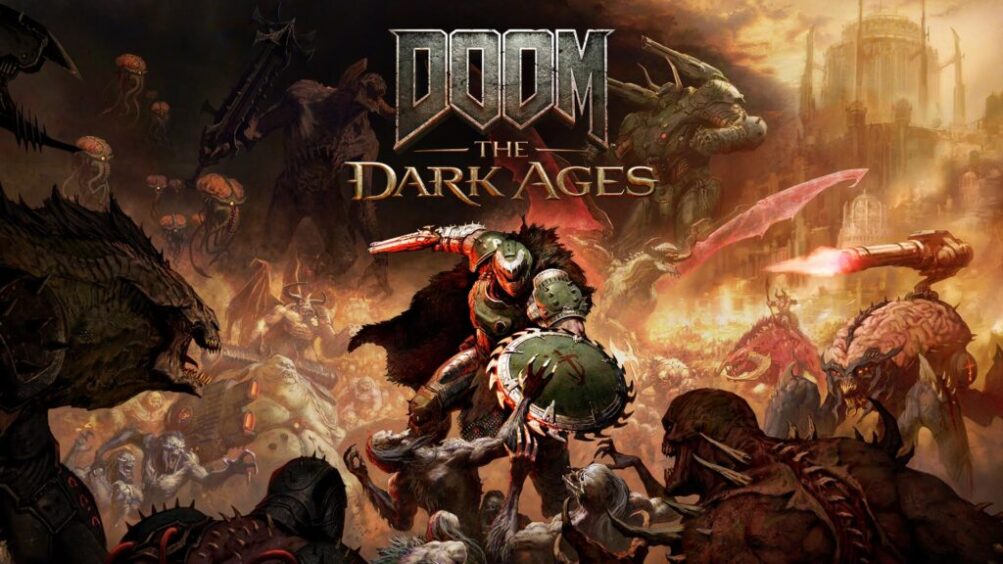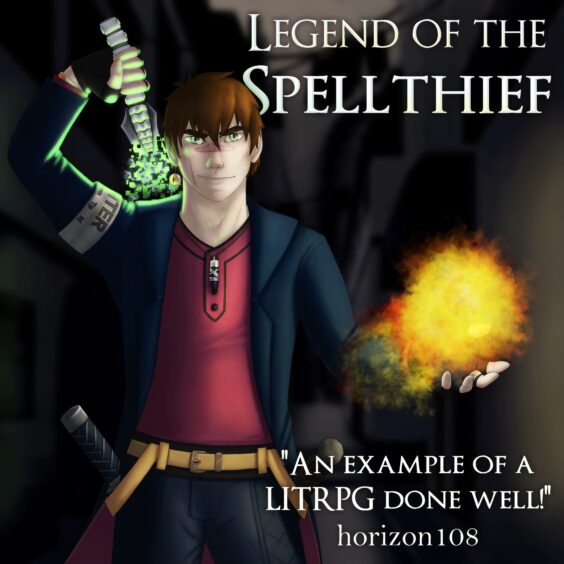DOOM The Dark Ages isn’t just a power fantasy. It’s ALL the power fantasy! Pretty big words for a series that delights in letting you be the ultimate demon slayer with an arsenal to rival a small, war-like country. But DOOM The Dark Ages does just that.
While DOOM (2016) and DOOM: Eternal both redefined, modernised and rebooted the legendary franchise into an action-filled, splatterific extravaganza, it’s the Dark Ages that really lets you understand why the Slayer is the only thing they fear. And in doing so, iD Software closes out this trilogy of DOOM games in a thrilling, bombastic fashion.

DOOM The Dark Ages is the prequel tale to DOOM (2016). If you ever wondered why the Slayer was locked up at the start of that game, this is the title that answers it for you. DOOM The Dark Ages, contrary to the name, doesn’t drop us onto medieval Earth but rather the planet of Argent D’Nur where a fierce war between Hell and the Sentinels rages. As the Slayer, you’re bound to the Gods as their DOOMS-day weapon (yes, pun intended). Your job is to make every demon soil itself at the mere thought of you. Oh and maybe save humanity in the process. . .
To fulfil the power fantasy of being the deadliest thing in the room, ID has made significant changes to the gameplay systems for this instalment that makes for a far more engaging playing experience. While some may say that the game has gone backwards from Eternal, its nature as a prequel makes sense to remove abilities gained in those games, while also streamlining the experience for pure combat. Many of Eternal’s mechanics have been fixed for this game, creating a title that feels like a combination of the original DOOM and DOOM (2016).

So what’s changed? For starters, the arena feel of the previous two instalments in which you’re locked into an area until you defeat waves of enemies has mostly been eliminated. As has most of the corridor nature of the game in favour of a larger, open area battlefield. Platforming sequences have been nearly eliminated as well, creating more streamlined, multi-level scaling that doesn’t require twitch reactions to get around the environment. Because of this, the double jump and air dashes have been removed as well.
Outside of a few select brutal kills, Glory Kills have been streamlined to feel like a part of the melee combat instead of a move that takes you out of it. This has the upside of keeping you on your toes and making sure that you don’t get a moment to breathe.
The almost MMO-style, hot-key, cool-down and attack rotation combat that Eternal prioritised for maximum damage, is also gone. This time around abilities and skills have been more organically incorporated into the fight. For instance, you no longer have to worry about your flamethrower needing to cool down before you can use it to farm for armour shards. Instead, you can upgrade the shotgun with an elemental fire attack that does just that when the burn is applied to enemies.
Yet again, these changes keep the action flowing as you’re given a constant stream of armour, health and ammo drops while doing what the Slayer does best.

Open-area battlefields are the order of the day this time. They’re chock-full of enemies to blast through and secrets to find. This time round the designers are throwing upwards of twenty enemies at you at a time, with the cannon fodder usually backed up by tougher, more imposing demons that can grant damage or resistance buffs to others. Rounding out all of this is the power given to you as the Slayer.
You don’t rip and tear through enemies as much this time as you straight-up steamroll the hell out of them. You don’t only look like a tank, you feel like one. There’s a weight to the Slayer’s movements that make him feel like a heavy, thunderous, unstoppable force before whom the ground quakes with each step. The sound design and the lumbering animation are fantastic at evoking this feeling of weight and power.
You’re slightly slower this time around as well, but not so much that you can’t avoid attacks. There is a heavy emphasis on straight-up tanking attacks thanks to the main gameplay addition to your arsenal: The Shield Saw. This is the greatest asset in your arsenal this time round as you can both block attacks and parry them. And parry them you must as this deals a ton of damage back to the enemies, letting you stagger them faster for an instant Glory Kill that spews out health, ammo and armour for you.

The gameplay has been designed around the Shield as you can use it to Shield Bash large groups of enemies, turning them instantly into chowder, bash objects and through walls and throw it into and through enemies like a deadly Captain America. The Shield can be upgraded to make it even deadlier, as can the rest of your arsenal.
The rest of the game’s arsenal is par for the course for the series, with some noticeable exceptions. You’ve got your combat and super shotguns, grenade and rocket launchers, plasma cannons and assault rifles, all of which are suitably meaty looking and sounding. The most noticeable additions are the additions of a flail melee attack, a gun that shoots pulverized demon skills and the Chainshot which is like a flail gun with a retractable ball that’s perfect for smashing armour.
All of these weapons and skills can be upgraded with gold and gems found in the world at upgrade Shrines. Character upgrades, particularly health and armour, come from taking down lieutenant-style enemies on the battlefield.

Added to the traditional FPS gameplay are giant mech sections and dragon-riding flight sequences. The mech sequences feel like glorified rock ‘em sock ‘em robot sequences in which you dodge and pummel the living snot out of giant demons while bashing through scenery like Mecha-Godzilla. The dragon sequences are another fun bit of gameplay as you chase down enemy ships or blast them out of the air with your winged buddy or charbroil giant demons standing in your path.
These sequences serve to break up the on-foot action and are a lot more fun than they sound, though I do feel like the dragon levels ran on a bit too long.
This sense of power does come at the expense of challenge. At its default setting, seasoned DOOM players may find DOOM The Dark Ages a bit of a cakewalk as you can tear through just about everything with ease. Personally, I loved the cathartic sense of overwhelming force and power it engendered, and while there were more than a few fights that dropped my health into the low tens, there was never a moment where it couldn’t be turned around in a second as compared to 2016’s and Eternals fights that could be controller breaking frustrating at times.
But if you do want more challenges beyond the different difficulty settings, there are enough sliders to customise the gameplay experience for you as well, including increasing the game’s speed.

Finally, there are the game’s visuals and performance, both of which are absolutely stunning.
DOOM The Dark Ages is absolutely gorgeous, featuring some of the biggest levels and environmental details in the series. There are a variety of biomes to run through, from the medieval-inspired cities of Argent D’nur to its spooky, almost primaeval forests to the flaming shores of hell itself, making it the most visually diverse entry in the DOOM series as well. All of the character models, from the Slayer’s spiky gauntlets to the leaping Hellknights to the impressive Gore and dismemberment system are top-notch. And it’s all backed up by some stellar tech and performance.
The latest version of id Tech is an absolute beast in the performance department, throwing out massive enemy amounts in stunning, detailed locations without dropping a beat. The game is incredibly fast with a solid frame rate regardless of how many enemies and particles are flying around you. And it sports some of the fastest load times I’ve seen in this generation, between 2-3 seconds per level.
Does DOOM The Dark Ages have any flaws? The only issue of discontent for me would be the story as this trilogy has taken the lore pretty far away from what DOOM, at least for me, is about. While the original story isn’t exactly an in-depth masterpiece, its simplicity of a marine fighting a Hell invasion was the perfect excuse for chunky, sprite-based violence. This new trilogy feels less like a supernatural tale of action horror and more like an SF/Fantasy alien invasion where Hell doesn’t feel like. . . well Hell.
With DOOM The Dark Ages, iD Software has course-corrected on many of the elements of DOOM: Eternal that I didn’t particularly care for to create another bombastic edition in the DOOM franchise. It’s a gorgeous game with highly addictive combat and one of the best FPS’s in years.
DOOM The Dark Ages Video Review
Read more awesome reviews >>here<<.
The code was provided by the publisher.








You must be logged in to post a comment.